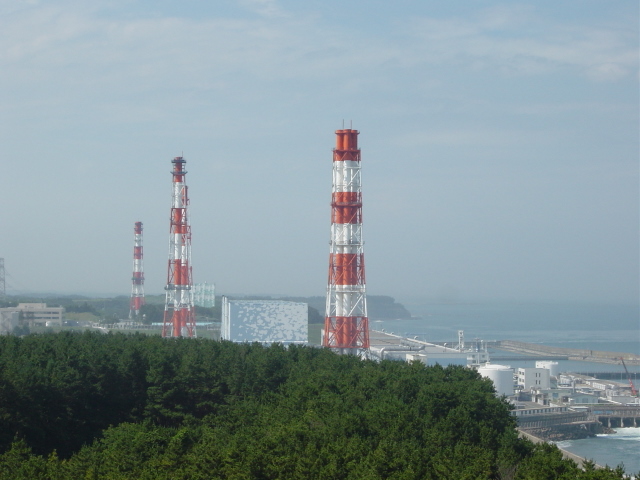Science News
Japan’s Nuclear Aftermath

As Japan struggles to cope with the devastation from Friday’s earthquake and tsunami and large aftershocks, the worst news seems to be coming out of the Fukushima nuclear power plant—with explosions and partial meltdowns.
Of the six reactors at the power plant, only three were operating at the time of the earthquake, and all three—Units 1, 2 and 3—are experiencing problems. The problems didn’t stem from the shaking, but rather from the lack of power and water needed to cool down the reactors.
All three are boiling water reactors, and NPR describes how they work:
The nuclear fuel heats water, generating steam that then turns a turbine to create electricity. The water is also used to keep the nuclear rods cool.
Heat has built up in the last few days, causing two problems—overheating the water and melting the nuclear rods.
When the water is over heated, hydrogen is stripped out of the water. But hydrogen is highly combustible—that’s what caused the explosions in Unit 1 on Saturday and Unit 3 today.
The nuclear rods are generally covered in water, but when that level subsides, meltdown can occur. Scientific American explains the process:
If the water descends below the level of the fuel, then the temperature starts going up and the cladding bursts, releasing a lot of fission products. And eventually the core just starts slumping and melting.
Nature’s The Great Beyond blog reports today that:
According to a report on NHK world, the fuel rods inside unit 2 were "fully exposed" meaning that there was no water left in the core to cool them. This makes it pretty likely that unit 2 has now suffered serious damage to the core.
Seawater is being brought in to do the cooling work now, but it’s hard to judge how much damage has already been done. Again, from NPR:
There's no way to know for sure that a partial meltdown has occurred, since you can't get inside the steel reactor vessel, where the fuel is. But officials have found cesium-137 in the air. That's evidence that radioactive fuel — which is supposed to be completely sealed in metal tubes inside the reactor — has been exposed to water or air. That suggests a fuel rod or rods have melted or have broken.
Radiation levels appear to be high in the area, but information seems to be limited, and perhaps is even being withheld, The Great Beyond reports. Recently touted as a future cleaner energy solution, what this all means for nuclear energy around the world seems to be on everyone’s minds today. From Science Daily:
Switzerland put on hold some approvals for nuclear power plants and Germany said it was scrapping a plan to extend the life of its nuclear power stations, raising questions over the future of the global nuclear industry. Taiwan's state-run Taipower also said it was studying plans to cut nuclear power output.
(You can also read more about this debate in Reuters, the LA Times and reports of an online scare-hoax. The publicly owned television channel in Germany, Das Erste, also has a story on nuclear power plants on fault lines in California—particularly the Diablo Canyon Power Plant at Avila Beach.)
No doubt more information will come out as the day and week goes on—NPR and The Great Beyond seem to be great resources. Please share more resources or news below.
Image of Fukushima 1 reactor pre-explosion, KEI/Wikimedia